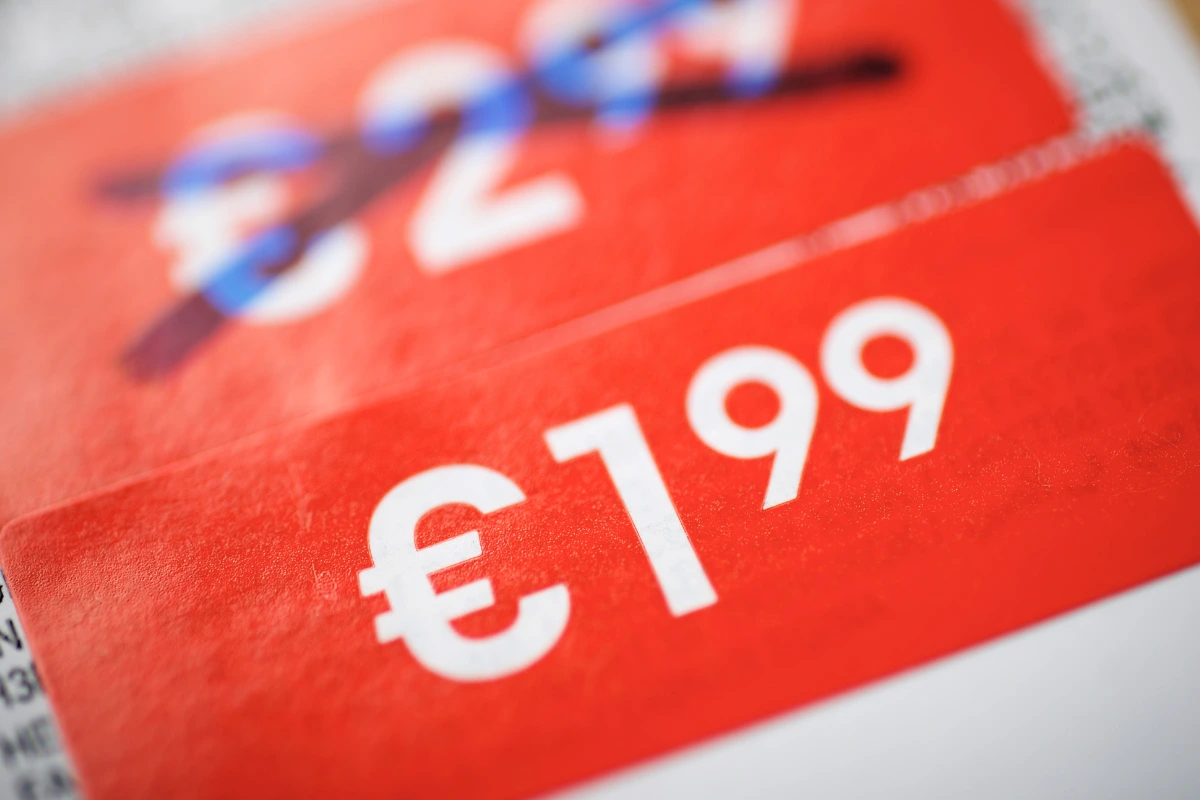If you've been running your online shop for a while, you must surely have come across the magic word CONVERTION. What is behind this term that the entire e-commerce industry is trumpeting?
What is conversion and what is it used for?
Conversion should be looked at simply as a goal - so we can call a conversion any action performed by a user that can contribute to the success of our business. What you consider a conversion is up to you - it could be not only a purchase made, but also signing up for a newsletter, filling in a form or downloading an e-book.
Micro and macro conversions?
Macro conversions are all those user actions that are the main goal of the business - in the case of an online shop, this would be purchases.
Micro conversions, on the other hand, are all the actions that make up this main goal, such as creating an account or adding a product to the basket.
Conversions can be tracked using Google Analytics, among others, but also in other tools for analysing traffic to your website (you can find an article on alternatives to Google Analytics here).
What is conversion rate and why should it be measured?
The conversion rate is a parameter expressed as a percentage that shows the number of users of your website who have converted, i.e. performed the desired action.
It can be calculated using a simple formula:
number of conversions / number of users x 100%
Why actually measure conversions? For purely optimisation purposes! By analysing the number of users who have performed a particular action, you are able to assess whether your promotional activities are having the desired effect. And if they are not - then it is worth rethinking your entire strategy.
How do you effectively measure conversion in your online shop?
To measure conversion in your online shop you need the right analytical tools. The most popular is, of course, Google Analytics, but you can track conversions in virtually any web traffic analysis application available. Not only that - you can track conversions with Google Ads and Facebook pixel, but it is important to remember that they only favour one traffic acquisition channel.
Conversion measurements will only be correct if your website tracks both the number of visitors and the number of users who performed the desired action.
CRO - Conversion rate optimisation
CRO (Conversion Rate Optimisation), or Conversion Rate Optimisation, includes all activities that aim to increase the effectiveness of all actions (within a website or advertising creative) that result in a user performing your desired action, such as making a purchase.
Examples of such optimisation activities could be speeding up the loading of the page, improving the path to purchase or tailoring the advertising creative to the target group.
The most effective way to optimise the conversion rate in marketing activities is through A/B tests - only in this way can you check which ad creatives are actually effective. Remember that tests must be conducted under similar conditions and on a similar target group - only then will you be able to determine which creative actually works.
Conversion is one of the most important indicators of success in online business. It is not only the number of products sold or newsletter sign-ups - it is also a signal that your shop's offer is attractive to customers. So it's worth investing some time and effort in optimising your processes, carefully tracking your data and adjusting your strategy to achieve even better results.








